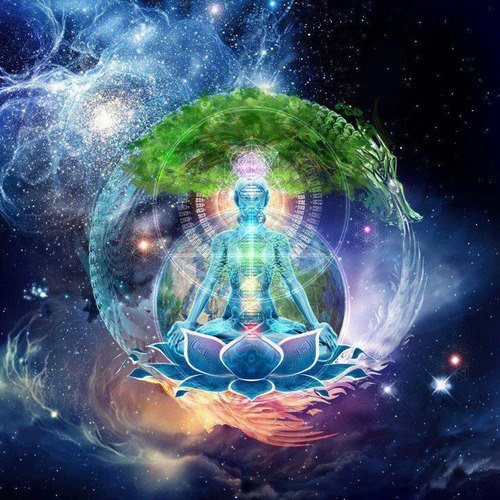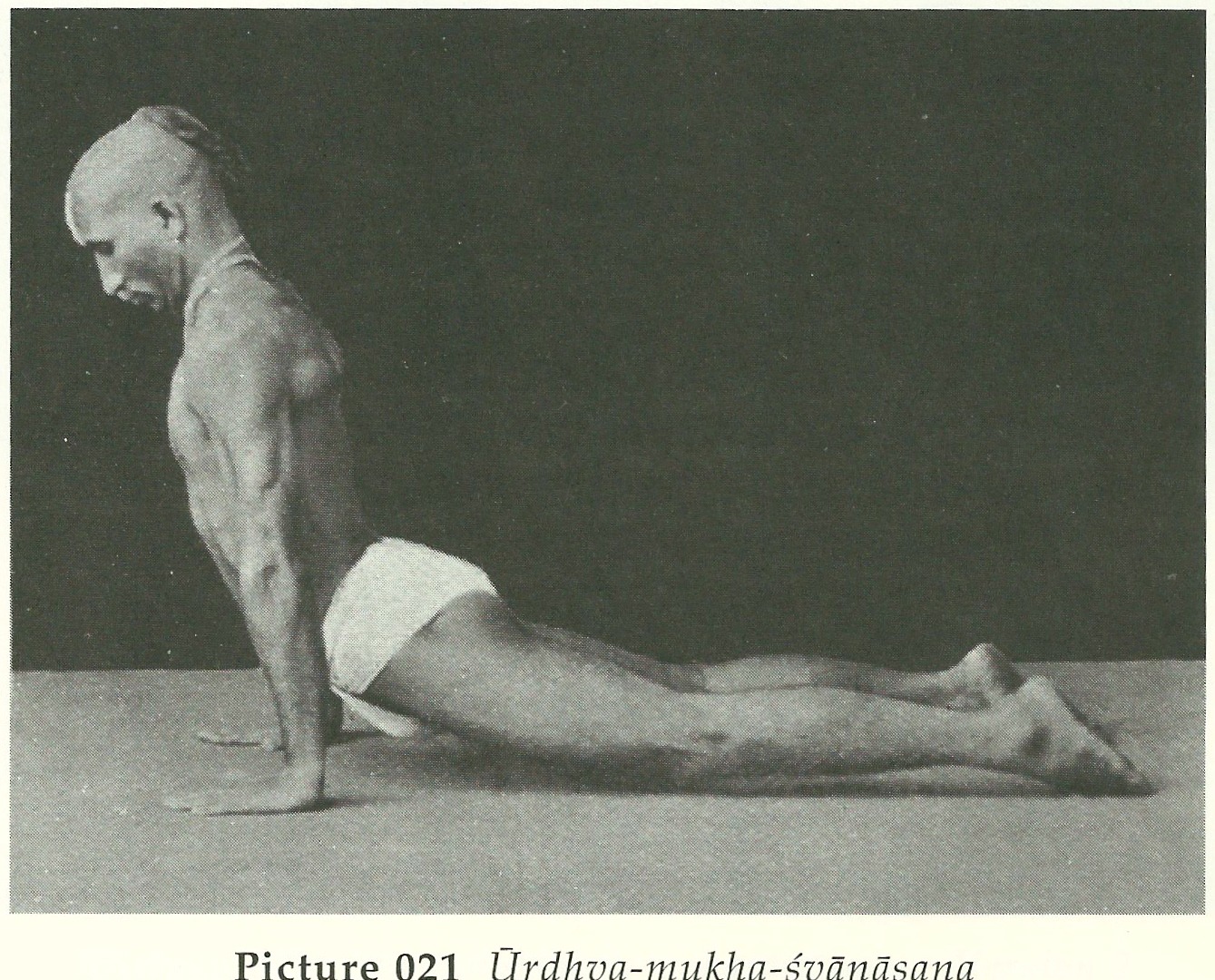ब्रह्मन्/Brahman, God, and Death
Brahman is a Hindu concept describing the energy force behind the universe, the unchanging truth of why the universe is, and the source behind it. This is very different from the god Brahma, who is known as the creation aspect of the divine pantheon and is a part of the Trimurti with Shiva and Vishnu. He is … Read more







